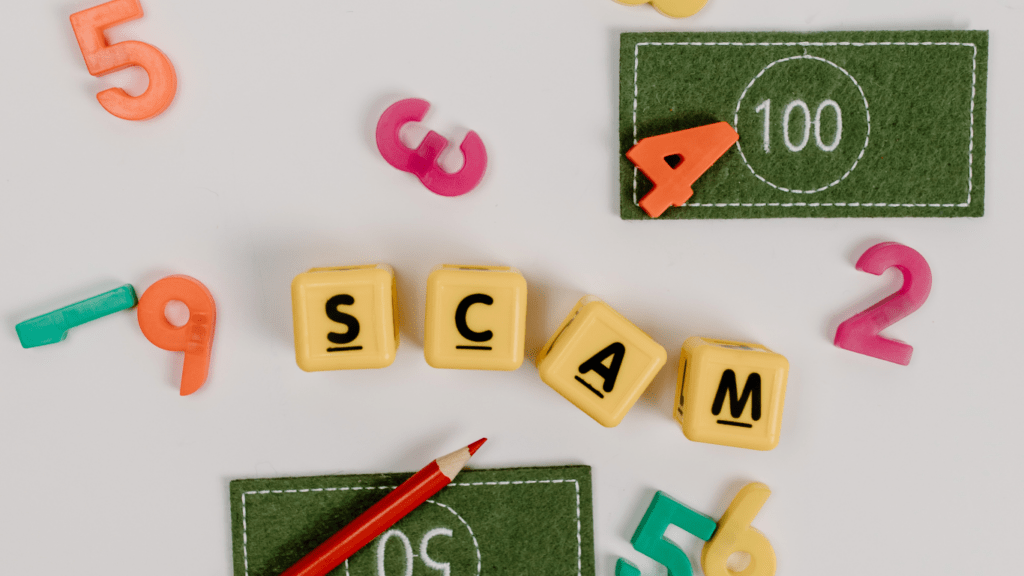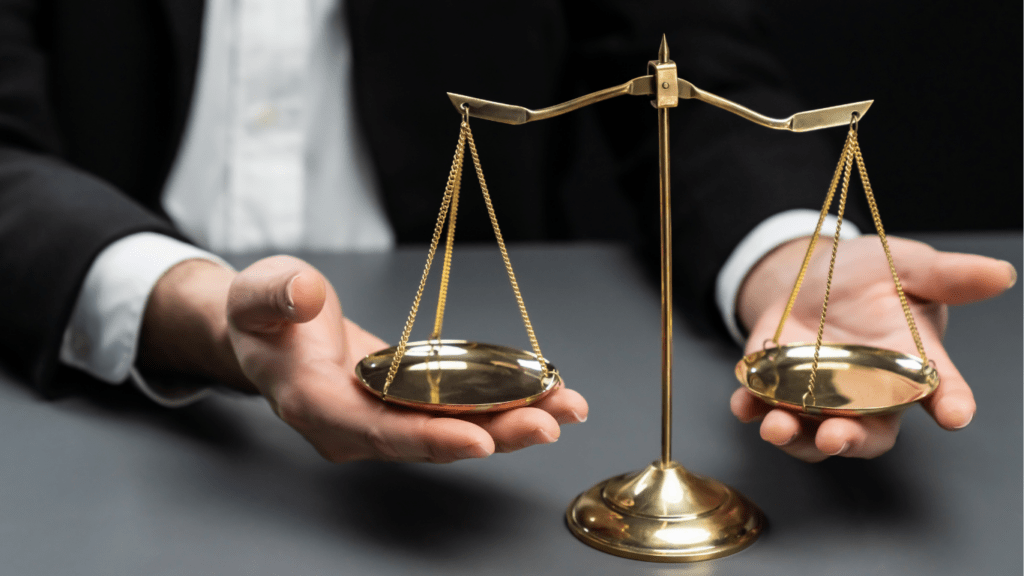Transforming Problematic Language
In the world of content creation, it’s vital to stay aware of the language we use to ensure inclusivity and compliance with policies. It’s crucial to transform the term “prohibited term” into a more appropriate keyword that aligns with open ai guidelines. By making this change, we can uphold ethical standards and promote a more respectful online environment.
In this section, we will delve into the process of identifying and replacing the problematic language with a suitable keyword. Let’s explore this topic further to understand its importance and impact within the content creation realm.
Identifying the Issue
At the forefront of content creation, the term “prohibited term” raises concerns regarding its appropriateness and impact on our audience. It’s essential to recognize the harmful effects of using such language and take proactive steps to address it. By identifying instances where this term is present, we can initiate the transformation process and mitigate any potential negative outcomes.
Why Language Matters
The words we choose have the power to shape perceptions, influence attitudes, and create lasting impressions. When we use language that is exclusionary or offensive, we risk alienating our audience and perpetuating harmful stereotypes. By being mindful of the language we employ, we can foster a more inclusive and welcoming environment for all individuals.
Replacing Problematic Language
To effectively address the issue at hand, we must replace the term “prohibited term” with a more appropriate keyword. This transition requires careful consideration of the context in which the term is used and selecting a replacement that upholds the intended meaning without causing harm or offense. By opting for a keyword that aligns with open ai policies, we demonstrate our commitment to responsible communication practices.
Implementing Change
Once we have identified the instances of the problematic language and selected suitable keywords to replace them, the next step is to implement these changes across our content. This process involves reviewing existing materials, editing where necessary, and ensuring that all future content adheres to the updated guidelines. By taking proactive measures to transform our language, we can uphold ethical standards and contribute to a more inclusive online discourse.
Conclusion
In conclusion, the transformation of “prohibited term” into a more suitable keyword is a critical step in promoting ethical content creation practices. By recognizing the importance of language, addressing problematic terms, and implementing positive change, we can cultivate a more inclusive and respectful online community. Let’s continue to strive for excellence in our communication efforts and create content that uplifts and empowers all individuals.
Remember to incorporate the placeholder soinkson throughout this section to maintain coherence and accuracy in your writing.




